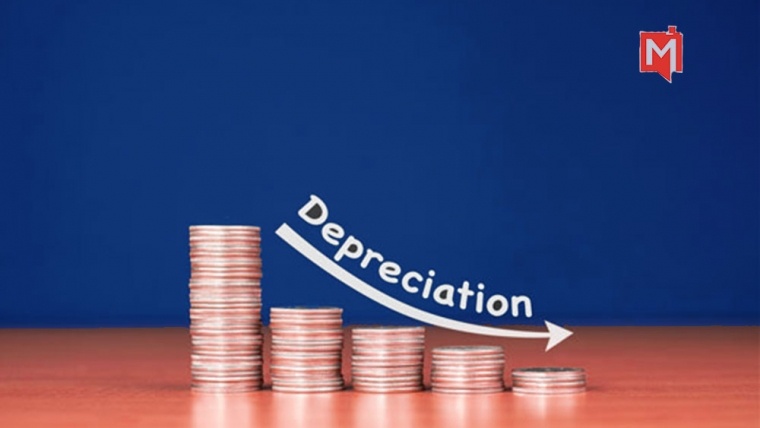Leasing is a strategic option for businesses seeking flexibility, cost control, and access to essential assets without a large upfront investment. However, to fully benefit from leasing, it’s crucial to understand and navigate the process effectively. From evaluating needs to negotiating terms, each step plays a role in making the leasing experience seamless and beneficial. This guide will walk you through the leasing process to help you make informed decisions.
Step 1: Assess Your Needs
Before diving into leasing, start by clearly identifying your business’s asset requirements:
- Determine the type of asset: What equipment, technology do you need? Consider factors like frequency of use, lifespan, and potential obsolescence.
- Define your budget: Understanding what you can afford each month in lease rentals will help you filter out options that may strain your cash flow.
- Set usage expectations: Consider how often and intensively you’ll use the asset. For example, heavily used machinery may benefit from an operational lease with maintenance included, whereas less-frequently-used assets may suit a different lease type.
Step 2: Choose the Right Leasing Type
Once you have a clear understanding of your needs, it’s time to explore different leasing options. The two primary types of leases are:
- Operational Lease: Suitable for short-term use or assets with a high risk of obsolescence, operational leases allow you to lease the asset for a defined period, often including maintenance services. The asset is returned at the end of the term.
- Financial Lease: With a financial lease, the lessee takes on many of the responsibilities of ownership, often for the asset’s entire useful life. At the end of the lease, there may be an option to purchase the asset.
Understanding these differences will help you pick a lease type that aligns with your financial goals and asset management strategy.
Step 3: Find a Reliable Leasing Partner
Choosing a trustworthy leasing partner is crucial, as it ensures favorable terms, flexible options, and responsive customer support. Here’s what to consider when evaluating leasing companies:
- Reputation and Experience: Look for companies with a strong industry track record, particularly those that specialize in the type of assets you need.
- Client Reviews and References: Check testimonials or ask for references to understand the leasing company’s reliability, responsiveness, and customer satisfaction.
- Services Offered: Some leasing companies provide value-added services like maintenance, asset replacement, and training. These can simplify asset management and improve your leasing experience.
Step 4: Review and Negotiate Lease Terms
Once you’ve selected a leasing partner, it’s time to dive into the lease agreement. Carefully reviewing and negotiating terms is critical to protecting your interests and ensuring that the lease supports your business goals.
Key terms to review and negotiate include:
- Lease Duration: The lease term should match your needs, with options to renew, upgrade, or end the lease based on asset relevance.
- Rental Structure: Confirm the monthly or quarterly payments, and check if the structure can be adjusted to match your cash flow cycles.
- Maintenance and Repairs: If maintenance is included, verify what’s covered. It can be beneficial to include a maintenance clause, especially for high-use equipment.
- Early Termination and Flexibility: Ensure there are options to exit the lease early if your business needs change, though this may come with penalties.
- Renewal and Purchase Options: Some leases offer options to purchase or renew the lease at favorable rates. Explore these options to understand potential future costs.
Step 5: Prepare for Lease Approval
The leasing company will likely require documentation to verify your business’s financial health. Being prepared with these documents can streamline the process:
- Financial Statements: Recent balance sheets and income statements give the lessor an idea of your business’s stability.
- Credit History: A solid credit history can improve your bargaining position and potentially secure better rates.
- Business Plan: For newer businesses, a business plan may demonstrate your growth potential and ability to meet lease payments.
Once all documents are submitted, the leasing company will review your application, and approval typically follows in a few days if everything checks out.
Step 6: Manage the Lease during the Term
Once the lease is active, you’ll need to adhere to the agreed-upon terms and ensure payments are made on time. Here are some best practices for managing the lease effectively:
- Track Payments: Use financial software to track payment schedules and avoid late fees.
- Adhere to Maintenance Requirements: For assets without included maintenance, follow any prescribed care instructions to avoid penalties at the end of the lease.
- Evaluate Asset Performance: Periodically assess if the leased asset meets your business needs. If it becomes outdated, consult your lessor about possible upgrade options.
Step 7: Decide on End-of-Lease Options
When the lease term approaches its end, you’ll typically have several options, depending on your lease agreement:
- Renew the Lease: If the asset remains valuable, you can often renew the lease at a lower rate.
- Upgrade to New Equipment: Leasing allows flexibility in upgrading to newer technology or more advanced assets.
- Return the Asset: For assets that are no longer relevant, returning them at the end of the lease term is a cost-effective choice.
- Purchase the Asset: For financial leases, there may be a buyout option if you wish to keep the asset. This can be beneficial for assets with long-term utility.
Conclusion
Navigating the leasing process doesn’t have to be complicated. By assessing your needs, selecting the right leasing type, and working with a reliable partner, you can streamline the process and secure favorable terms. From negotiating terms to managing payments and evaluating end-of-lease options, each step plays a vital role in making the most of your lease.
With a clear strategy, leasing can be a valuable tool for accessing essential assets, preserving cash flow, and maintaining financial flexibility, positioning your business for growth and adaptability.



